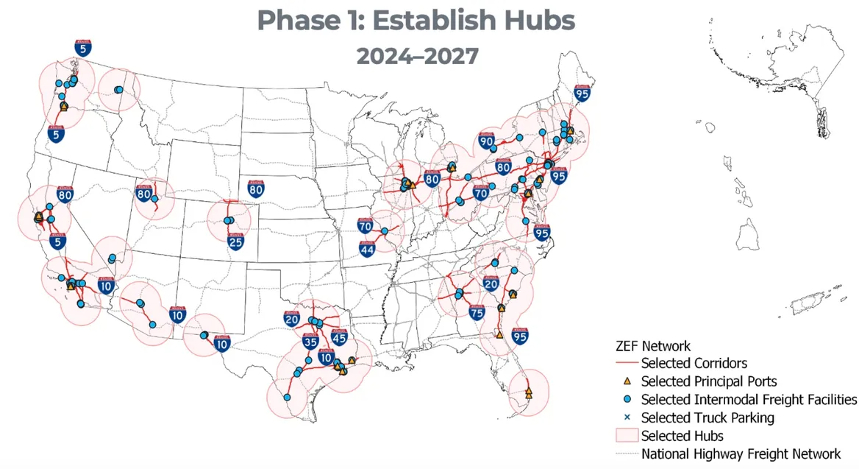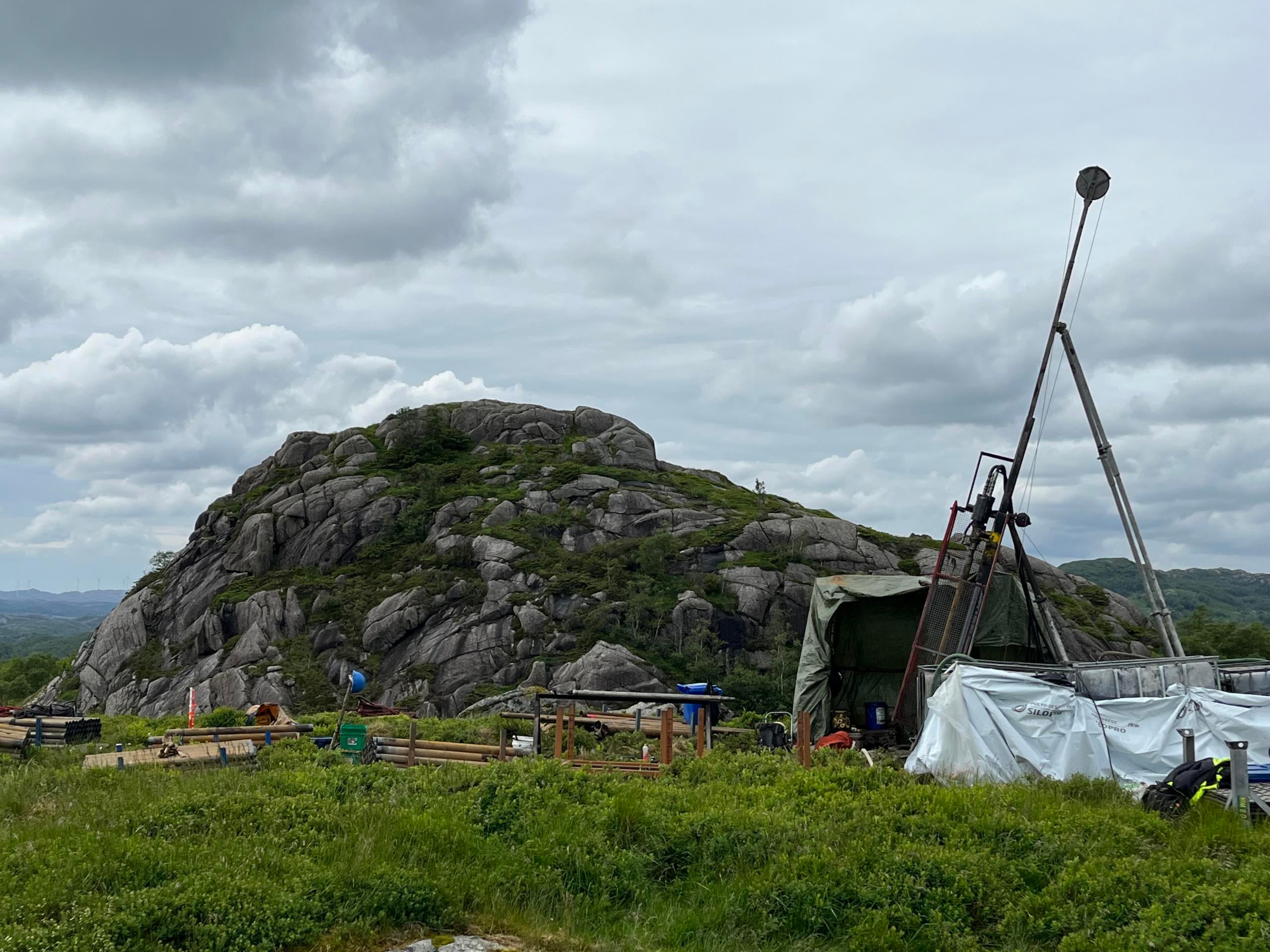Sign up for daily news updates from CleanTechnica on email. Or follow us on Google News!
The rough-and-tumble world of the Atlantic coast offshore wind industry has been eerily quiet this summer. Up in New England, the massive 704-megawatt Revolution Wind project just celebrated its first complete turbine without encountering a blockade of outraged citizens. Ditto for a major new offshore wind announcement from Massachusetts Governor Maura Healey. The streets were also empty when the Biden administration greenlighted a massive 2-gigawatt project for Maryland. So, did the critics just give up, or are they waiting for another chance to stop the offshore wind train in its tracks?
Maryland Gets Go-Ahead For 2-Gigawatt Offshore Wind Farm
The US offshore wind industry is turning import-dependent East Coast states into energy-generating powerhouses, which explains why fossil energy stakeholders and their allies in government have been trying to pull the rug out from under it since the early 2000s. The Obama administration tried to coordinate offshore development along the Atlantic coast all the way back back in 2010, though to nobody’s surprise the governors of South Carolina, Georgia, and Florida refused to participate.
They can be that way, but the rest of the East Coast is hot to exploit their unique access to prime offshore wind resources. In the latest development, on September 5th, the firm US Wind scored approval for the Maryland Offshore Wind Project, a massive 2-gigawatt wind farm located in an 80,000-acre federal lease area about 10 nautical miles (about 11.5 land miles) off the coast of Ocean City, with about 9 nautical miles being its closest point to shore.
The go-ahead was announced by the US Department of the Interior, which manages offshore lease areas through the Bureau of Ocean Energy Management. In total, the offshore farm will house up to 114 wind turbines along with four offshore substations, a meteorological tower, and up to four export cable corridors.
Persistence Pays Off For US Offshore Wind Industry
Back in the olden days of the US wind industry, wind turbines were tiny affairs MacGyvered into microgrids by survivalists and other members of the off-grid community. Nowadays, wind turbines are big business on the global stage. Deep-pocketed wind industry players are not easy to push around. In a mano-a-mano fight among industrial equals, something’s gotta give. Lately, the giving has been done by fossil energy stakeholders.
The new Maryland project demonstrates how powerful financial gears are at work in support of the US wind industry, enabling developers to persist until persistence pays off.
The Maryland developer is a firm called US Wind, which launched in 2014 under the majority ownership of the leading Italian renewable energy firm Renexia SpA, which came to life in 2011 as a renewables-focused branch of the large-scale construction and infrastructure company Toto Holding SpA. Adding more financial fuel to the fire, the very busy alternative asset management group Apollo Global Management entered the picture as a strategic investor in 2020.
That helps explain why US Wind managed to hold out for 10 years for the right to develop that 2-gigawatt offshore lease area. The company appeared to have given up on the US offshore industry back in 2018, when it sold its rights to a lease area off the coast of New Jersey to the firm EDF Renewables. However, in the context of US Wind’s broader plans for the Atlantic, that was a financially savvy move. US Wind won the right to the area for just $1 million in 2015, and turned around that same lease to EDF for $215 million just three years later.
Crazy as that may sound, I reached out to US Wind at the time to confirm it was the same wind lease, and they confirmed it by email.
“Yes, that is correct. US WIND acquired the lease for 1 million. The realized price from EDF is 215 million. There was an additional consideration based on variable measures,” US Wind told me.
US Offshore Wind Industry Slips Through Trump Trap
The de-risking of the political environment around offshore wind development is another factor at work. During the Obama administration, wind stakeholders had to navigate a patch-worked approval process to obtain leases in federal waters, with ample opportunity for opponents and public officials to slow-walk offshore proposals to death. The ill-fated Cape Wind project in Massachusetts, for example, began to take shape in 2001 and achieved several key approvals by 2009, only to succumb to the pressure by 2017.
Too bad they couldn’t hold out for just a few more years. Former President Donald J. Trump took office in 2017 with the intent to derail the entire US wind industry, onshore and off. Under his very nose, though, the Bureau of Ocean Energy Management was putting the finishing touches on a new, streamlined process aimed at accelerating the pace of federal offshore lease auctions and approvals.
As a result, the Maryland Offshore Wind project has been front-loaded with aesthetic and environmental features aimed at removing ammo from the hands of opponents. US Wind lists a lights-off system enabling visible tops of the turbine towers to stay dark except for a handful of hours (literally, less than six hours) per year, along with bubble curtains and other protective measures during construction.
Meanwhile, Over In New England…
A few burps last year when several Atlantic coast developers canceled or re-negotiated their contracts, which industry observers attribute mainly to a hangover from COVID-19 supply chain glitches and inflationary pressures.
Now the momentum is back. The 704-megawatt Revolution Wind project, jointly shared by Rhode Island and Connecticut, announced the completion of its first offshore turbine on September 3, with 64 more to come.
As for the Cape Wind debacle, Massachusetts is putting that behind it. “Three of the nine offshore wind projects in Southern New England south of Martha’s Vineyard are under active construction,” the state’s Division of Fisheries observed in an update on July 8, taking note of the regional nature of offshore wind projects in New England.
Offshore wind opponents received another blow earlier today, when Massachusetts Governor Maura Healey announced that her home state joined with Rhode Island in a first-of-its-kind jointly coordinated offshore wind energy procurement.
Massachusetts took the lion’s share from the total of 2,878 megawatts from three projects, with a carveout of 2,678 megawatts.
Your move, haters.
Follow me via LinkTree, or @tinamcasey on Threads, LinkedIn, and Instagram.
Photo (cropped): The US offshore wind industry has outlasted its critics, as indicated by a new rash of activity including a green light for the massive 2-gigawatt Maryland Offshore Wind project (courtesy of the Maryland Energy Administration).
Have a tip for CleanTechnica? Want to advertise? Want to suggest a guest for our CleanTech Talk podcast? Contact us here.
Latest CleanTechnica.TV Videos
CleanTechnica uses affiliate links. See our policy here.
CleanTechnica’s Comment Policy





